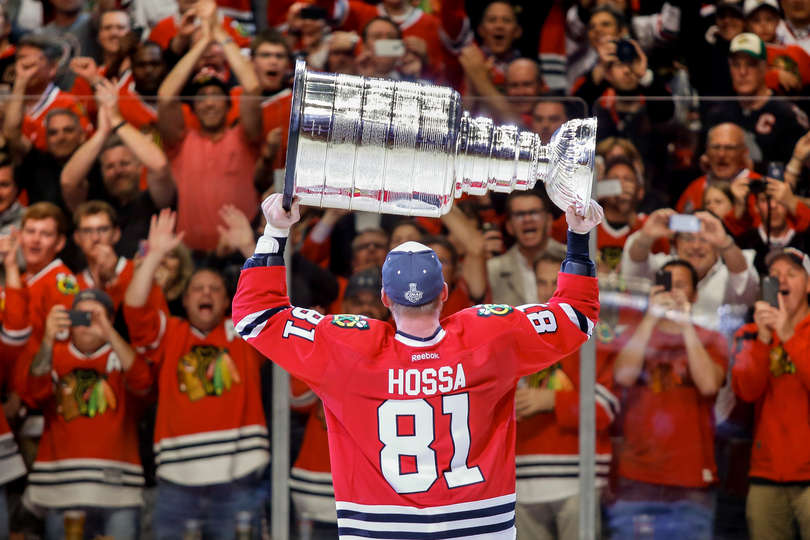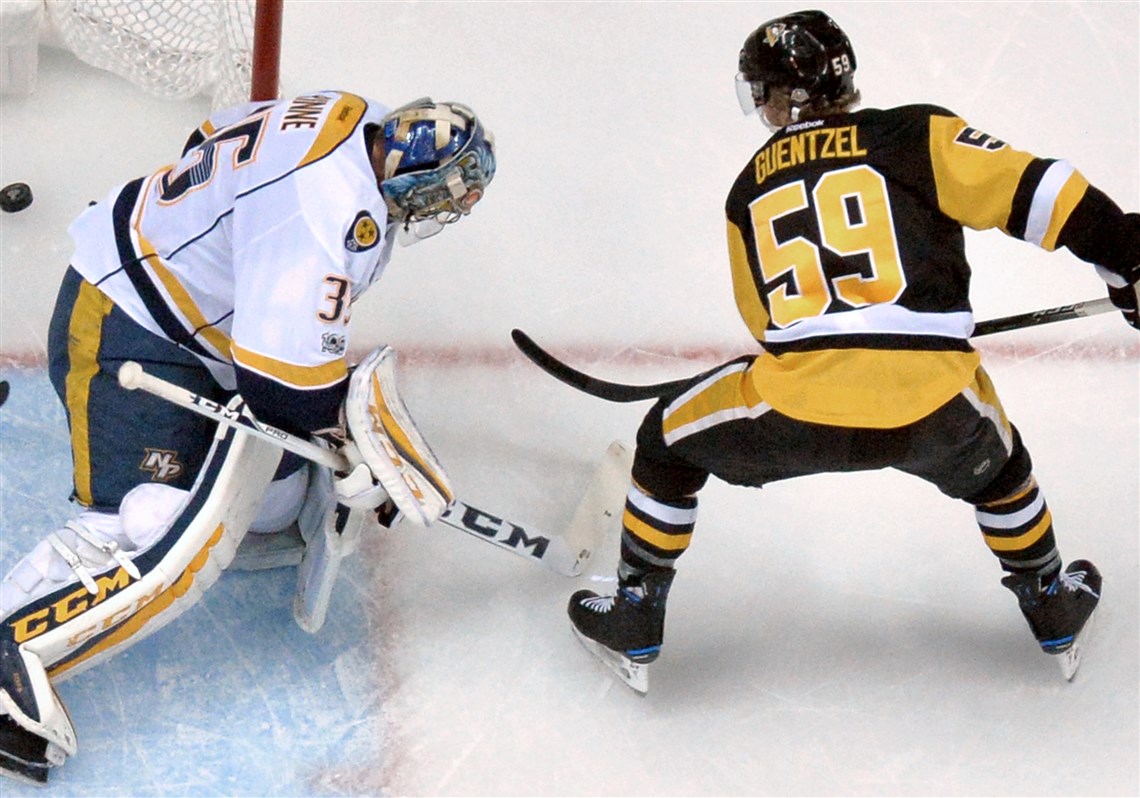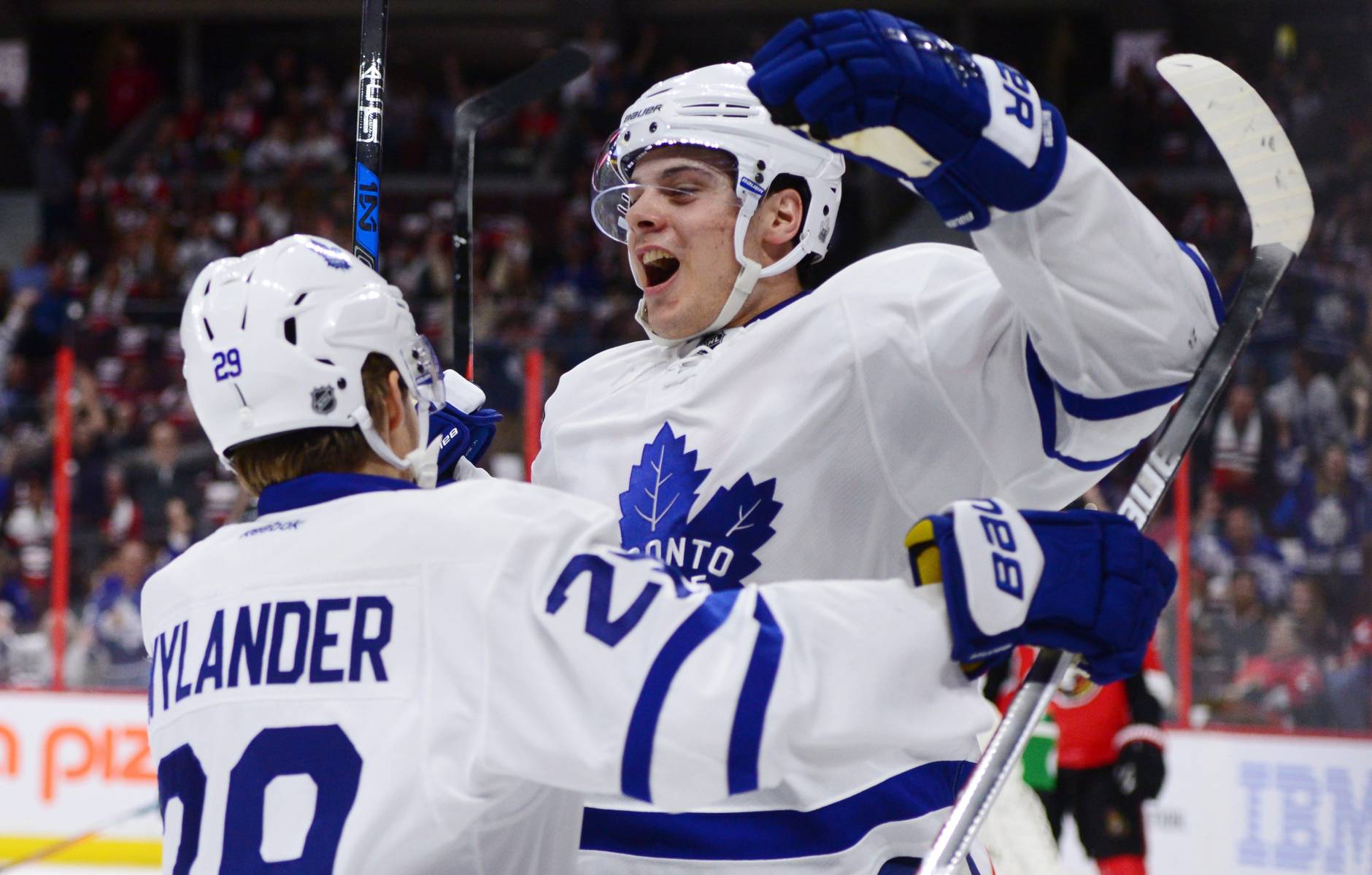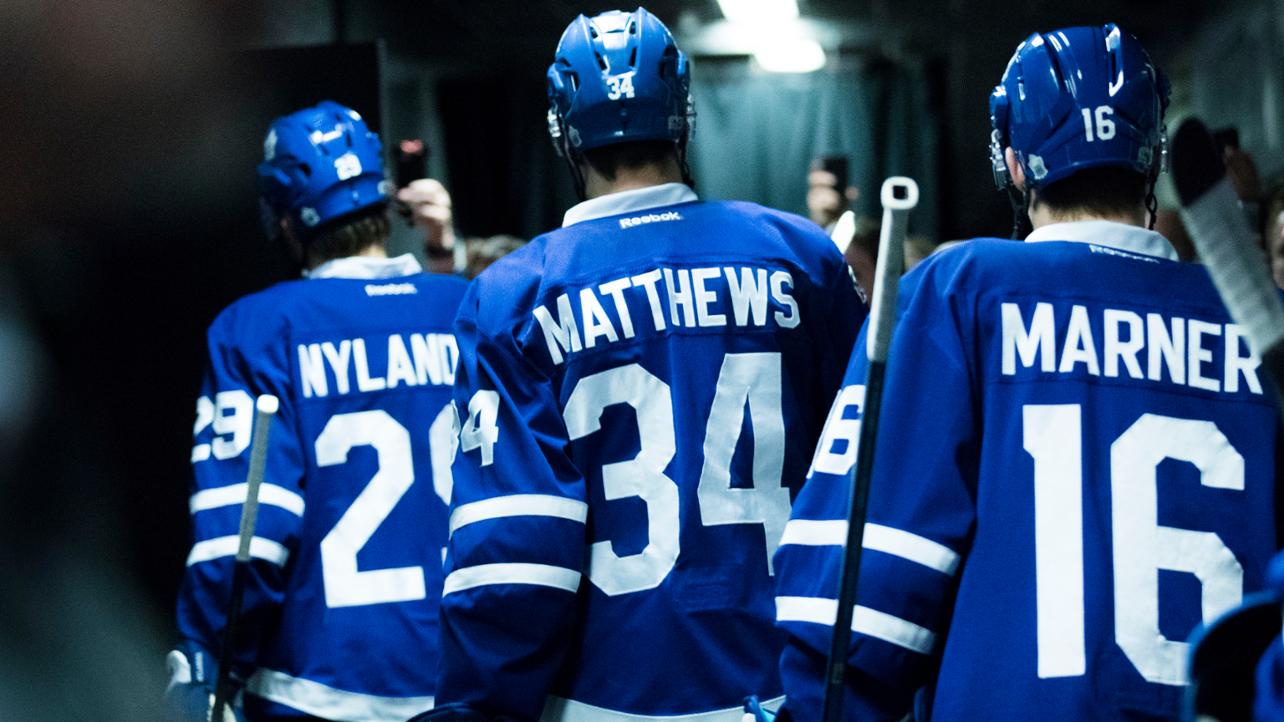The 2016-17 season featured an exciting turn of events for the Toronto Maple Leafs and their fans.
Led by eventual Calder winner Auston Matthews, the team catapulted from dead last in the league to finishing tied for 13th and made the playoffs in a full 82-game season for the first time since 2004. Toronto iced a historic rookie class, played at a ridiculously high pace, and finished fifth in goals for. They were easily one of the most exciting teams in the league.
Watching this Leafs team last season, you couldn’t help but think to yourself, “they are only going to get older, stronger, and better.” That is almost certainly true individually, but on a team level, parity rules the day in a hard-cap NHL.
The reality is that the league does not want dynasties; it wants each franchise and its fans to feel like they are close to the playoffs, which bring the promise of a fighting chance at the Stanley Cup. Combined with the fact that the economics of the league are ostensibly changing for the worse (if you’re Toronto), it creates the question of how the Leafs should approach these next few years.
Let’s take a look at some of the factors at play.
Bridge Contracts are Dead

In the summer of 2012, the Edmonton Oilers were a year away from Taylor Hall and Jordan Eberle hitting restricted free agency, and two years away with Ryan Nugent-Hopkins. Fearful of another round of contract negotiations with the trio three two-to-three years later, they wanted to build around what they viewed as a solid core by locking in their key pieces long term.
In a bit of an unprecedented move at the time, the Oilers gave two players with short track records huge long-term contracts. The intention was pretty clear: If we pay them a little more up front, we can save money down the road when they are locked in during their prime seasons.
We won’t discuss the outcome for Edmonton in particular, but the outcome for the league was obvious: If you are a really good young player, you now get paid up front instead of the old way — typically involving two-year bridge deal — of proving you’re really that good. There were other examples before the Oilers, to be sure (Drew Doughty in LA comes to mind), but the Oilers set a trend when they locked these three players down a year before their ELCs expired.
We’re about to see the Oilers do it again by signing Connor McDavid to a mega deal. As Bob McKenzie put it: “This is going to go down as a summer when the rules changed – when the parameters changed – for the elite players in the game.”
This will hurt the Leafs. Matthews and McDavid are not comparable in the sense that McDavid is going to be the best hockey player in the world for five-plus years (I’m being polite; it’s most likely a lot longer than that). That said, Matthews is elite, and if he continues to produce the way he did in year one, he can justify a $10 million-plus ask.
Meanwhile, Nylander and Marner are going to receive big dollars as well (I am sure they are eagerly anticipating these Leon Draisaitl negotiations). The Leafs could be looking at a future scenario in which those three players make a combined ~$25 million.
But NHL teams almost never lose elite players for cap reasons. The players that are impacted are typically the all-stars and high-level ‘mid-tier’ players. That brings us to the second point.
No More Back Diving Deals

When hockey fans hear the common refrain about dynasties being almost impossible to create in the modern NHL, most think of the Chicago Blackhawks and now the Pittsburgh Penguins as the logical counterpoint. We won’t get into Pittsburgh too much yet other than to say: When you have two of the top five players in the world in their primes, things generally come easier to you.
Chicago is a more applicable example, but the Blackhawks had one mechanism available to them that no longer exists: the ability to sign long-term, back-diving contracts. Three highly important players were signed to such deals in Duncan Keith, Marian Hossa, and Brian Campbell.
In Toronto’s current situation, it sure would be nice to sign a player like Kevin Shattenkirk – who fills a need on the right side of the defence – to a mega deal for $4.5 million per year to give themselves extra cap room for the future.
Good teams were able to exploit that loophole and reap the benefits. Without that avenue available, it makes life that much more difficult for a really good team in the cap era. Even with those contracts in place, think about how many players Chicago still had to trade for cap reasons.
LA also benefitted from the back-diving contracts that Mike Richards and Jeff Carter signed while winning their Cups. The dollars saved per year on the cap hit is the difference between adding one more good NHL player and playing either a rookie or cheap journeyman veteran in his place. Which brings us to the next point.
Don’t Underestimate the Mid-tier Players

If there is one thing to learn from the Pittsburgh example, it’s that we cannot overstate the value of depth. After back-to-back Cup appearances against Detroit, the Penguins slowly began shedding pieces and underwent a few years where they were no longer a feared franchise.
They first tried to plug holes by signing over-the-hill veterans and checkers like Steve Sullivan and Aaron Asham. But it was only when good, young, cheap players like Connor Sheary, Bryan Rust and Jake Guentzel emerged that they returned to the promise land.
Already Pittsburgh stands to lose a big piece from their back-to-back Cup wins in Nick Bonino, who is most likely going to price himself off the team this summer. As stated above, organizations rarely lose their top players (Montreal aside). It is the mid-tier players that are often squeezed out.
The Leafs have a surprising amount of them. By my count, there are seven: Nazem Kadri, JVR, Tyler Bozak, Morgan Rielly, Jake Gardiner, Nikita Zaitsev, and Frederik Andersen.
By comparison, Pittsburgh has their big four making big money (don’t forget about Kris Letang); after that, Matt Murray, Olli Maatta and Patric Hornqvist are the only other players making over $4 million.
After Chicago’s big two, they have five in the ‘mid-tier’ in Keith, Brent Seabrook, Brandon Saad, Artem Anisimov, and Corey Crawford.
LA locked in Anze Kopitar and Doughty long-term and have six players making over $4 million in Dustin Brown, Jeff Carter, Marian Gaborik, Alec Martinez, Jake Muzzin and Jonathan Quick. Unable to build enough quality depth on their third/fourth lines or third defence pairing, the Kings have suffered accordingly.
With Pittsburgh in mind as an example of losing depth and needing time to replace it with young players on cap-friendly contracts, we can look at Chicago and LA as the two other recent champions who are currently waiting/hoping for young players to mature and contribute in order to embark on another Cup run.
Toronto is basically in a pre-Cups Chicago window right now with so many players yet to be paid. Their roster is loaded with talent that is eventually going to fill top roles elsewhere (whether it’s JVR, young players, or prospects). That will place even more emphasis on drafting and developing so that new players can step in on cheap contracts and replace those who have priced themselves out of Toronto.
What Does All of this Mean?

It’s not true that the Leafs need to win a championship in the next two years before Matthews gets paid or else they can kiss their Cup aspirations goodbye. But the next two years will be the most convenient time to go for it from a cap perspective.
Of all the considerations above, there is one other big one to keep in mind: The cap ceiling is barely increasing in 2017-18, yet McDavid is about to shatter the glass on his new deal. If we estimate that Matthews, Nylander and Marner will soon combine for a $25 million cap hit and that the cap increases modestly to around $80 million by the time that happens, those three players will combine for over 31% of the team’s cap.
That is not the highest ever by any means. In Tampa Bay, Steven Stamkos, Vincent Lecavalier and Martin St. Louis combined for 36% after Stamkos’ 2011 extension. Ryan Getzlaf, Corey Perry and Bobby Ryan combined for over 34%, while Crosby, Malkin and Letang added up to nearly 35% of their team’s cap when they won the Cup in 2017.
It’s not impossible to win in this scenario, but it makes life more difficult. It could involve the team losing Connor Brown, or Jake Gardiner pricing himself out of Toronto in a few years time.
For Toronto to create sustained success, they are going to need prospects like Timothy Liljegren, Travis Dermott, Yegor Korshkov, Carl Grundstrom and so on to step in and contribute down the road once the cap squeeze arrives.
Until that happens, Toronto has a great opportunity to go for it. They have their starting goaltender in place, they’re deep down the middle, and there are three top-four defencemen locked in. All of that is surrounded by a wealth of young scoring talent.
Next summer is the first time we will see this management group have to make some really tough decisions. JVR, Bozak and Leo Komarov are all UFAs and Nylander will be due up for a big raise. In the following year, Matthews and Marner will receive their paydays while Gardiner will become a UFA.
Each summer will bring with it difficult decisions to navigate once the big three are paid as such. This is the last offseason where management can say, “What can we add while losing nothing?” The Leafs can sit back, enjoy it, and plan for the future while letting the kids continue to grow. Or they can splurge for the next two years.
After that, the belt is going to tighten. That’s how the NHL wants it to be.

































